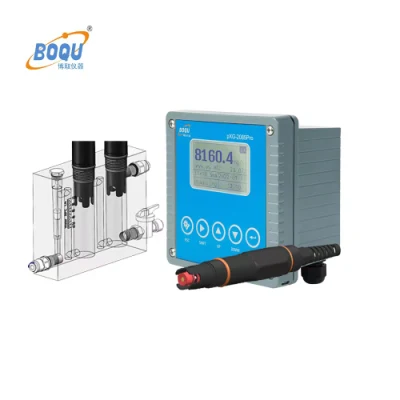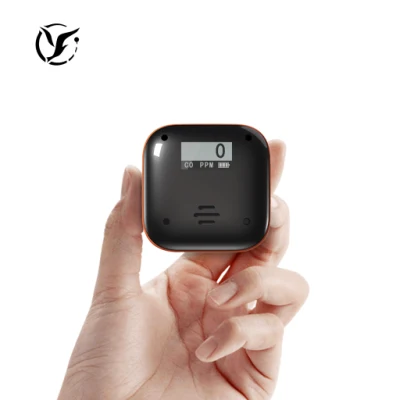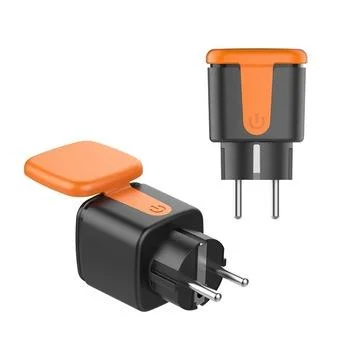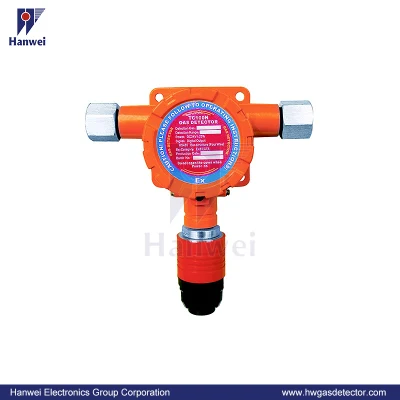基礎情報
| 名前 | Pxg-2085PRO オンラインイオンメーター |
| パフォーマンス | AC90~260V |
| コミュニケーション | RS485 Modbus |
| 信号 | 4-20mA |
| リレー | 3 リレー |
| 輸送パッケージ | 国際輸送向けの高品質パッケージ |
| 仕様 | BOQU 楽器の年間生産数は 100,000 個以上 |
| 商標 | ボク |
| 起源 | 中国 |
| HSコード | 9027809990 |
| 生産能力 | 100,000個/年 |
製品説明
BOQU 産業ガスセンサー二酸化炭素 CO2 センサー 0 〜 1000ppm 高感度 CO2 トランスミッター

PXG-2085Pro 産業用オンライン イオン メーターは、新しいハイエンドのマイクロコンピューター ベースのデバイスです。 1つで3つの言語を特徴とし、F-、Cl-、Ca2+、NO3-、NH4+、NH3、CO2、Cu2+、S2-(フッ化物イオン、塩素イオン、塩化物、カリウムイオン、硝酸イオン、アンモニウム)に適していますイオン、カルシウムイオン、アンモニア、二酸化炭素、銅イオン、硫化物、硬度など。イオン測定器はユーザーフレンドリーなインターフェース、簡単な操作、長寿命、データロギング機能を備えています。発電所、飲料水、水などに広く使用されています。産業排水など 詳細写真ベストウォータートリートメントオンラインイオンメーターの技術仕様は何ですか?

PXG-2085Pro オンライン水イオン ISE センサーおよびメーター | 化学式 | NH4+,K+,NO3-,Cl-,F-,NH3,CO2,Na+,Ca2+,ハルテ,Cu2+,S2- | パラメータ | フッ素イオン、塩化物イオン、塩素、カリウムイオン、硝酸イオン、アンモニウムイオン、カルシウムイオン、アンモニア、二酸化炭素、銅イオン、硫化物、硬度など | 範囲 | 0~20000 mg/L (イオンセンサーによる) | | 解決 | 0,01 (<1 ppm), 0,1 (<10 ppm), 1 (andere) | | 正確さ | ±0.01ppm、±0.1ppm、±1ppm | | 温度補償 | Pt1000/NTC10K | 温度補償範囲 | -10.0~+130.0℃ | 周囲温度範囲 | 0~+70℃ | パフォーマンス | AC90-260V 50/60Hz 4W | 出力 | 4-20mAの2ウェイ | | コミュニケーション | RS485 Modbus | | リレー | 高低制御再生、アラームリレー。 | データロギング容量 | 1000マル | | シュッツ | IP65: 雨や塵から保護 | | インストール | パネル/壁/ロールの設置 |
|
|
BOQU Online 水イオン ISE イオン選択電極の技術仕様は何ですか?
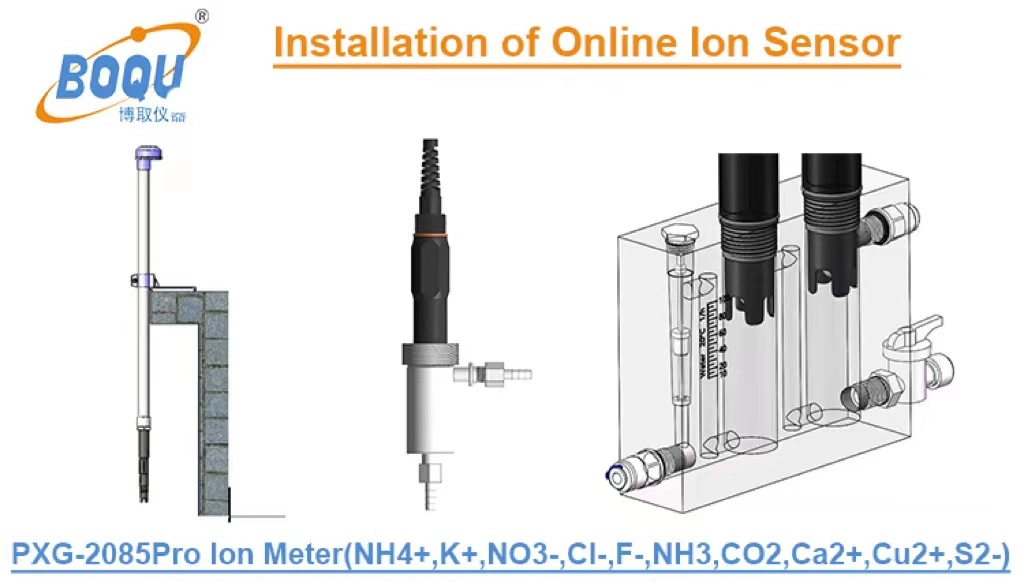
| BOQu-イオンセンサー | パラメータ | 範囲 |
フッ素イオンセンサー | F- | 0~20,000 mg/l |
塩素イオンセンサー | Cl- | 0~35.000mg/L |
|
| | |
| |
| |
|
|
|
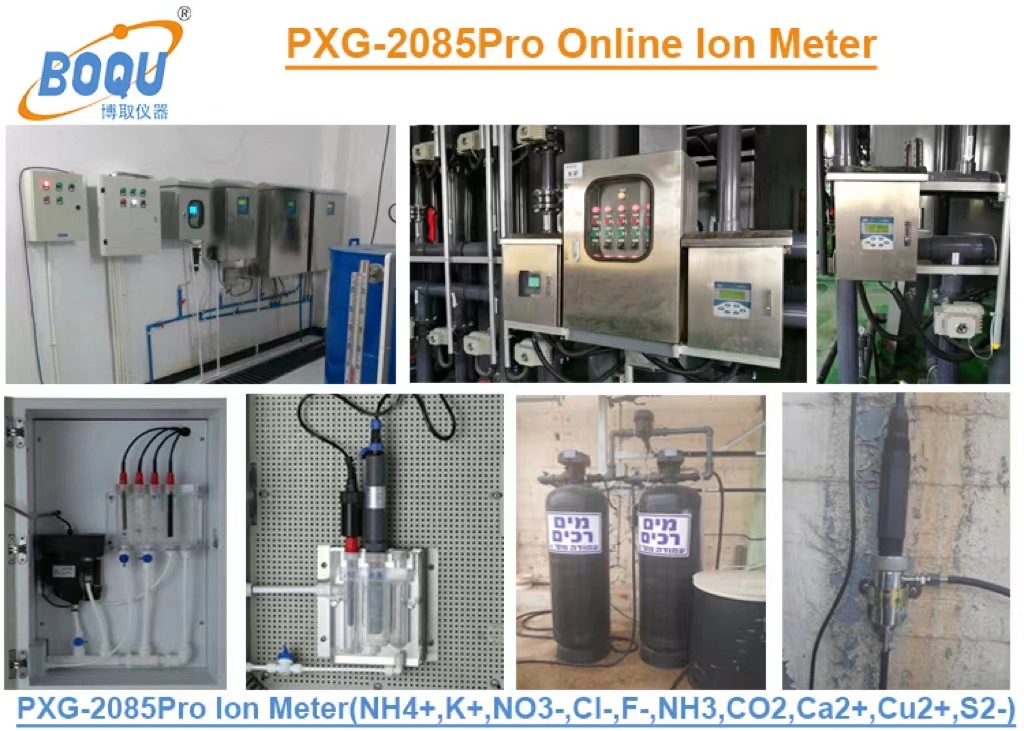
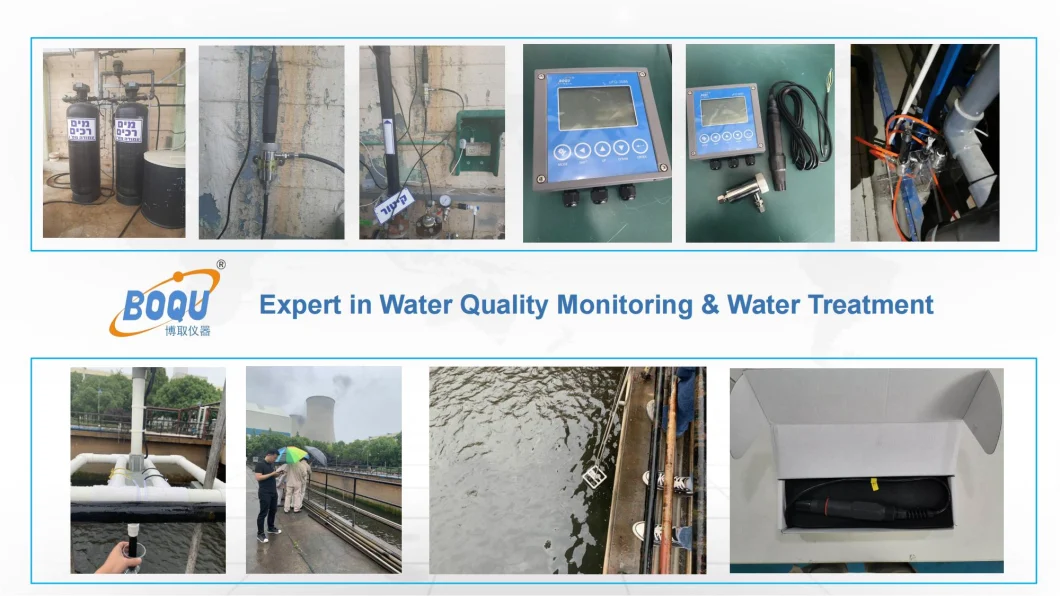
ISEs are not ion-specific. All are sensitive to some other ions to some extent. For many applications, these interferences are insignificant (unless there is a high ratio of interfering ion to primary ion) and can often be ignored. In some extreme cases, however, the electrode is far more sensitive to the interfering ion than to the primary ion and can only be used if the interfering ion is only present in trace quantities or even completely absent. The ability of an ion-selective electrode to distinguish between different ions in the same solution is expressed as the Selectivity Coefficient. If the primary ion for which the electrode is sensitive is A and the interfering ion is B then a selectivity coefficient of 0.1 would mean that the electrode is ten times more sensitive to A than to B. If the coefficient is 1 then the electrode is equally sensitive to both.
